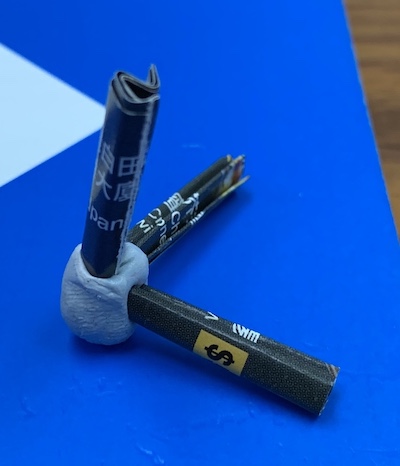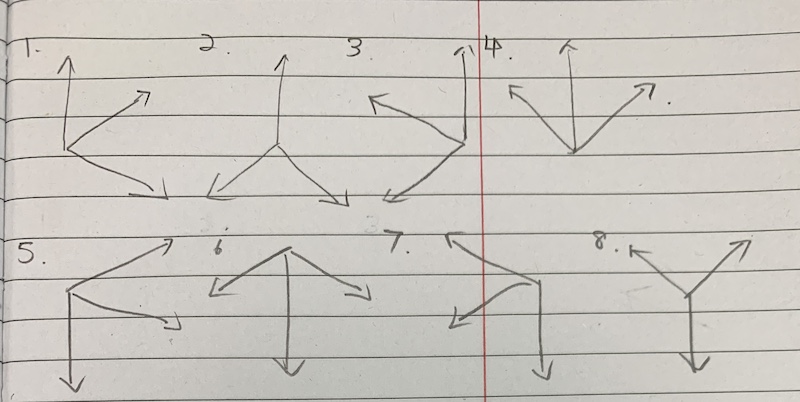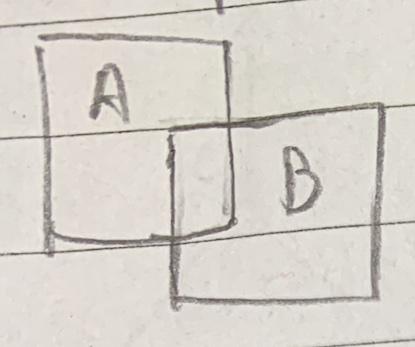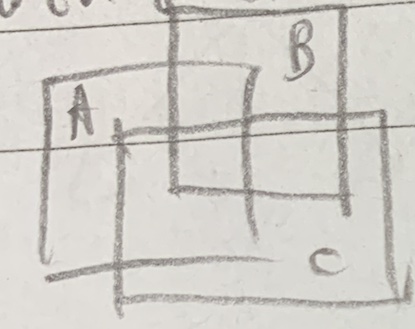Advent of Code 2021
In the past three months I have been working on solving Advent of Code 2021 puzzles. I probably have spent 80+ hours in solving all 25 puzzles. Yes, that is pretty much a whole two weeks of full-time work cumulatively, and that is with the help of this subreddit forum and a lot of online resources 😳.
My solutions are here, with a corresponding website.
For those who don't know, Advent of Code are a series of programming puzzles released every year before Christmas, from Dec 1st till the Christmas day 25th to be exact, one problem a day. The author Eric Wastl has been doing this since 2015, and the programming puzzles have since used in company training, university coursework, and practice problems.
Coming out from the rabbit hole of solving these puzzles, there are three problems that stand out from the rest, in my opinion. So I want to document them down and reflect on what I have learned from them.
For those who want to solve the puzzles yourselves, please stop reading here 😄
Day 19: Beacon Scanner
The original problem. In solving this puzzle, the first issue is to clarify what the 24 orientations are. The way I eventually visualize it is with a Blu Tack and three piece of papers.

So we can have X, Y, Z axes like that, and we can rotate them to have three different axes arrangement:

Now we can have axes pointing at different directions as follows:

With eight different set of axes directions and each direction with three axes arrangement, we get a total of 24 orientations.
I then learn that we can rotate a coordinate XYZ based on these orientations by matrix transformation(multiplication). The 24 matrics are listed here at the end.
Now with all beacon coordinates relative to a scanner location, and the scanner orientation be one of the 24 orientations, how are we going to solve the problem? At this point I am out of my wit and look for clues in the subreddit forum. The key is by comparing the distance of beacons between different scanner report.
Yes, Of course! That is the only invariant we have here! And I recall what Bezos have famously said "What is not going to change?".
Indeed, if a scanner have scanned the same set of beacons as another scanner, the distance between any pair within that beacon set are not going to change, no matter where the scanner is (its x, y, z offset), and what orientation the scanner faces (the matrix transformation).
With this insight we proceed to the next problem. How could we determine if two scanners have scanned the same set of twelve beacons, as specified by the problem?
Here we need to get to a concept in graph theory - complete graph. It is a set of nodes with each node have edges connect to every other nodes. So if two scanners have scanned the same set of 12 beacons, we should be able to build a complete graph from these 12 beacons (nodes) and get all of its edge length matches. Now how many edge lengths should we be counting here? It is 12 chooses 2, so 66. So if we build an edge table (with all edge length between any two beacons) for the two scanner reports, and find there are 66 entries in the two tables matches, we can claim there is a very high likelihood that the two scanners have scanned the same set of twelve beacons.
Once we identify the set of 12 beacons, we can determine the orientation of the second scanner. Here we always use the first scanner as the baseline, meaning it is located at (0, 0, 0) with the [[1, 0, 0], [0, 1, 0], [0, 0, 1]] orientation matrix.) We apply all 24 orientations to four beacon coordinate and see which one will result to having the same vector displacement of the first scanner, then we can determine the location and orientation of the second scanner.
Using this methodology we can map out all beacon and scanner locations and the orientation of scanners iteratively.
Day 22: Reactor Reboot
The original problem. I learned two concepts in solving this puzzle. The first one is how to compute the area covered by multiple sets, without double counting, when they overlap with each others.
For instance, the following:

We know the total of area are:
Area A + Area B - Area A^B
Now with the following:

Area A + Area B + Area C - Area A^B - Area A^C - Area B^C + Area A^B^C
So with N set, following the pattern, it is:
Area A + Area B + .... Area N - Area A^B - Area A^C - .. Area A^N - Area B^C - ... + Area A^B^C + Area A^B^D + .... - ...
I then learned that this is the Inclusion-exclusion principle.
I stumbled upon another sub-problem when solving this puzzle, that is, given a set of items, efficiently generate all its combination and compute its n choose k combinations. I thought it will be fun to code that, so using the algorithm from Dr. James McCaffrey, I coded the algorithm and also the front end Combination App (source code) that you can play with.
Day 23: Amphipod
The original problem. This is a fun puzzle. I learn from sub-reddit that this is basically a shortest path problem and can be solved with Dijkstra's algorithm. So it is a refresher on coding that algorithm and encoding various game states into keys of nodes, with edge extended from the node as all its next possible moves, with the edge length as the move cost.
But in implementing Dijkstra's algorithm, with a large amount of possible states and edges, how do you efficiently get the next shortest path to try? This is when I learn the data structure about Indexed Priority Queue (IPQ) from this Youtube video.
The overall structure is shown as follow:

You use an index to represent its nodes' keys and corresponding edge costs. Then during the heap operations (swimming up or down), we just move the index around. So here is the implementation of indexed priority queue with test cases.
That's it on Advent of Code 2021. Overall it is a fun and intellectually challenging experience, and I am glad to finish all 2021 problems 😉.
